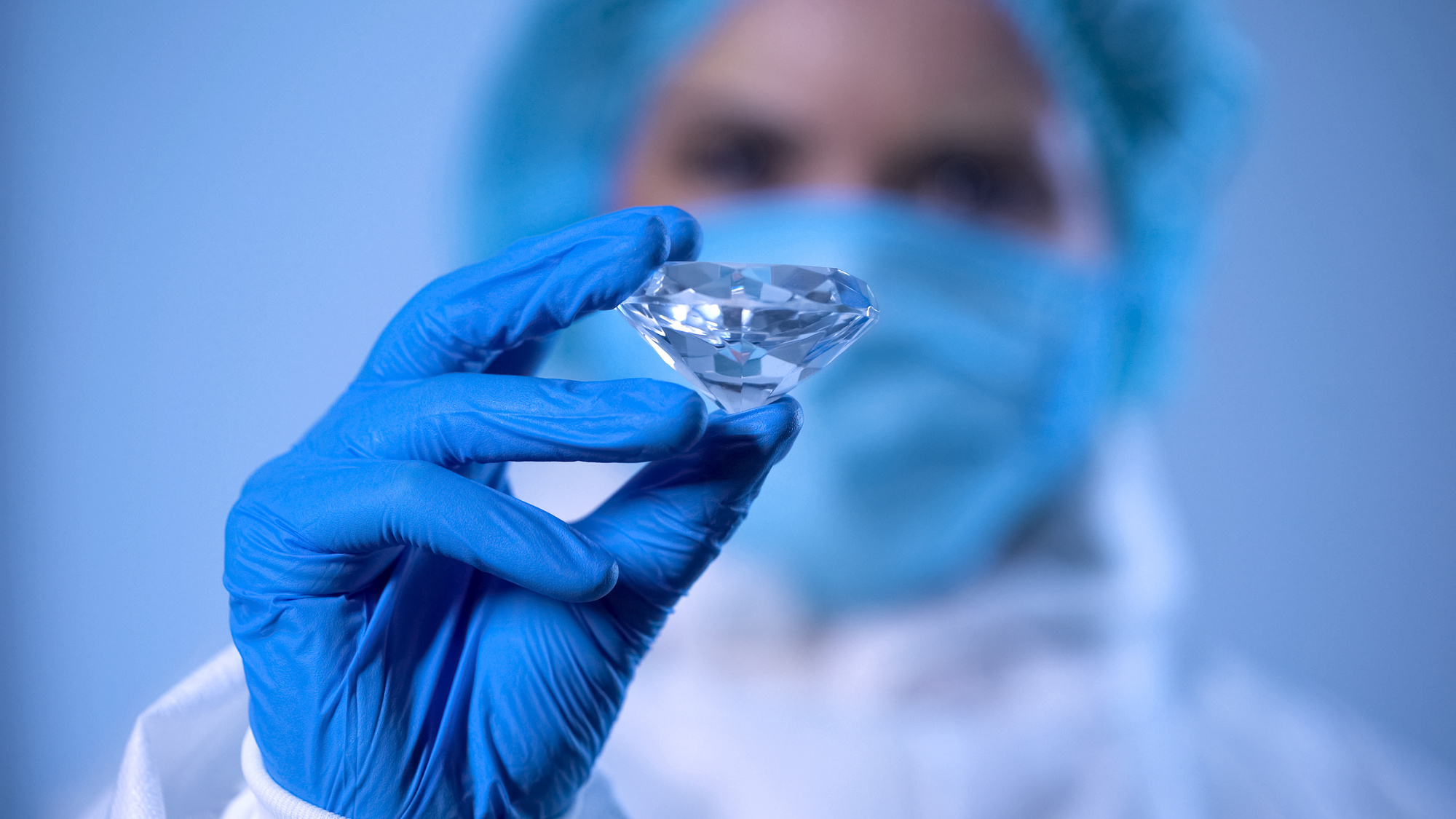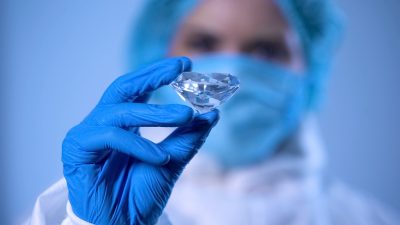
How To Select The Right Lab-Grown Diamond Setting
 Feb 16, 2024
Feb 16, 2024How To Select The Right Lab-Grown Diamond Setting

Lab-grown diamonds are said to be giving natural diamonds a run for their money lately. Because they’re ethically sourced and are almost indistinguishable if put beside a natural diamond, there are a growing number of people going for lab-grown diamonds.
If you’re among those who’ve decided to go for lab-grown diamonds, the journey doesn’t end with picking the perfect stone for your jewelry.
Handpicking the right setting for an engagement ring with lab-created diamonds can transform any gem into an out-of-this-world jewelry masterpiece. Alas – the vast options available can be overwhelming to a new shopper like yourself. Luckily, this post will lead you the way. Read on to learn more.
Work With A Reputable Jeweler

If you’re looking for the right lab-grown diamond setting, you first ought to work with a reputable jeweler.
Look for a jeweler who’s experienced with working with lab-grown diamonds, along with dealing with clients who are on the lookout for custom lab-grown diamond jewelry.
You can begin your search by hopping on the web and looking up for nearby jewelers in your area. Then, you can visit each one’s website to get a quick view of the available settings, designs, and the like. Don’t forget to comb through reviews of paying customers.
After that, you can narrow down your list to the top three companies that you feel are a great fit for you. Next, reach out to each one via their official communications channel, over the phone, via email, and the like before dropping by for an onsite consultation.
Before your scheduled appointment, make sure that you prepare your questions, design inspirations, list of expectations, and the like. This will make the meeting a hassle-free experience. During the consultation, don’t hesitate to raise all of your questions concerning their experience, design and material availability, warranty and satisfaction guarantee policies, and so on.
Equip Yourself With The Right Knowledge Regarding Lab-Grown Diamond Settings
After finding a reputable and highly skilled jeweler that you’re confident you can work with, you need to know about the different information about lab-grown diamond settings.
If lab-grown diamonds have the 4Cs (cut, carat, color, and clarity), which help buyers get their ideal stones, settings have their own set of considerations.
To find the right setting, one should look into the following: what type of metal should be used, what design fits best, and the type of construction to be carried out on the jewelry piece. Learn more about each one of them by continuing to read below.
- Metal
Lab-grown diamond jewelry pieces can be set in various types of metal depending on your picking. Some of the most popular options are gold, silver, platinum, and palladium.
For beginners, gold and silver are among the oldest precious metals used in jewelry making and are used on lab-grown diamond jewelry today. Gold, with its distinguishable yellow hue, makes a good metal for lab-grown diamonds. In fact, you can choose other gold colors like white gold and rose gold color settings. Meanwhile, silver is another reliable precious metal that can be used on lab-grown diamonds.
Platinum is a durable, precious metal. In its highest purity, platinum appears grayish-white in color. The precious metal is pricier compared to the abovementioned because of its rarity.
Finally, palladium is a precious metal that has experienced popularity as of late. Palladium jewelry is known for its non-tarnishing features, strength, and so on. Because they’ve only experienced public appreciation lately, only a select few jewelers have the ability to work on palladium jewelry.
- Design
When it comes to lab-grown diamond setting design, there are a few that are tried and tested that you can choose from. They include channel, pave, invisible, bead, prong, solitaire, cathedral, and many more. Working with a skilled and experienced jeweler will help you pick the best design that makes the lab-grown diamond stone stand out and exude its beauty.
- Construction
The jewelry piece’s construction plays a key role in finding the right setting. In the hands of a skilled jewelry maker, a jewelry piece’s construction will determine its final look, durability, and so on.
Consider Your Budget
Take into consideration your budget when picking the right lab-grown diamond setting. Before proceeding, make sure that you allocate a budget that you can work with. Although they’re considerably cheaper compared to natural diamonds, you still need to prepare at least a few thousand dollars on a lab-grown diamond jewelry piece.
For starters, the simplest setting will fetch at least more than a thousand dollars. The price then goes up from there depending on the number of stones you want to include in the setting, the design you’ve picked and its complexity, and many more.
Be candid with your jeweler about your budget, and make sure that both of you are on the same page when discussing setting options.
Take Into Consideration The Recipient, Event, And So On
When choosing the right lab-grown diamond setting, don’t skip on considering the recipient’s preferences (if you’re buying lab-grown jewelry as a gift), what the jewelry is for, and others.
If you’re able to, ask the recipient about their preferences when it comes to their jewelry tastes. Do they like gold, silver, or palladium metal? Are they a fan of intricate designs, or are they content with minimalist designs? Is the receiver a huge fan of bespoke and one-of-a-kind designs? These questions will guide you in finding the most appropriate setting.
In addition, take into consideration the event. There are recommended lab-grown diamond settings specifically for engagements, weddings, anniversaries, and many more.
To Conclude
Indeed, selecting the perfect lab-grown diamond setting is an adventure.
Let this guide be your compass that’ll help you lead to a sustainable yet dazzling jewelry setting choice. All the best.














